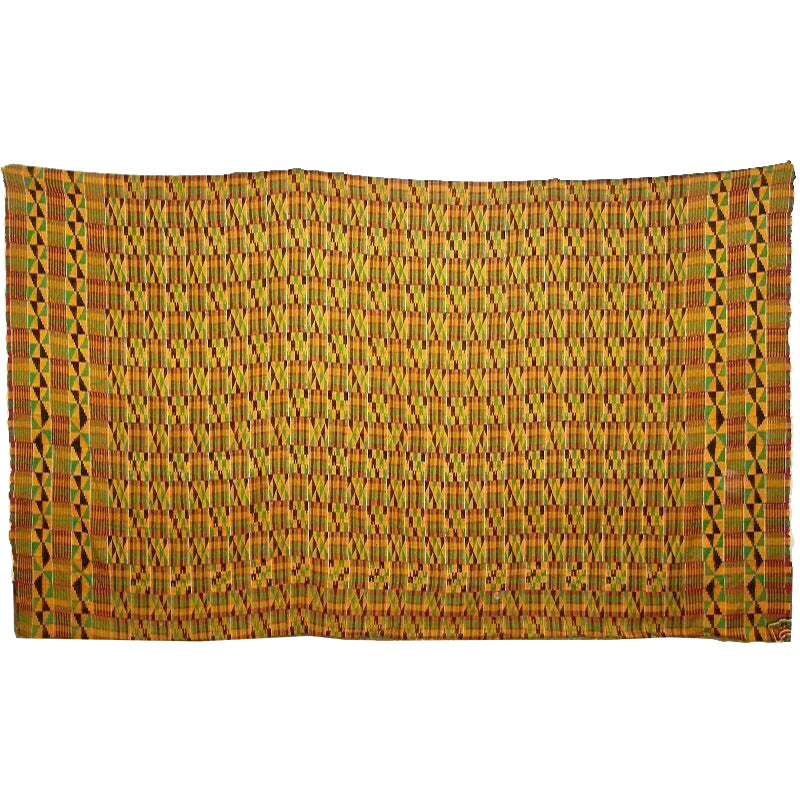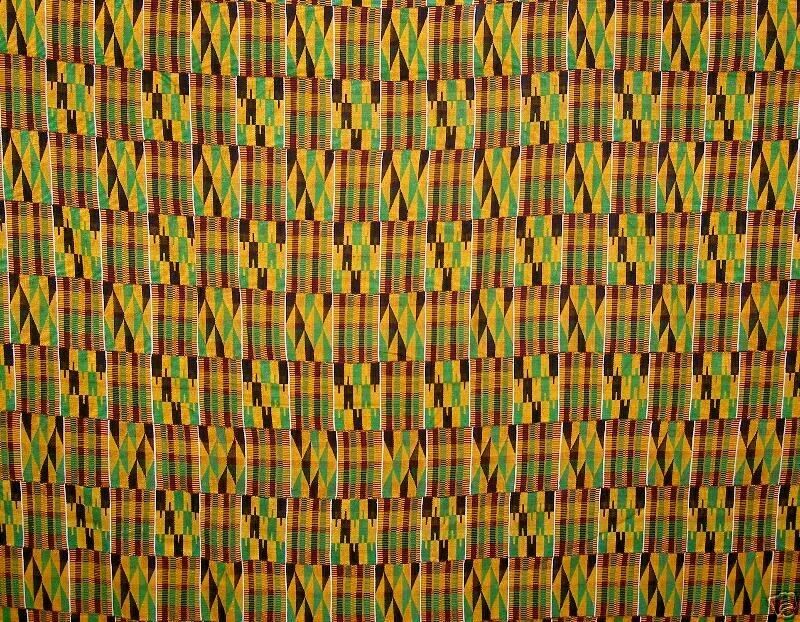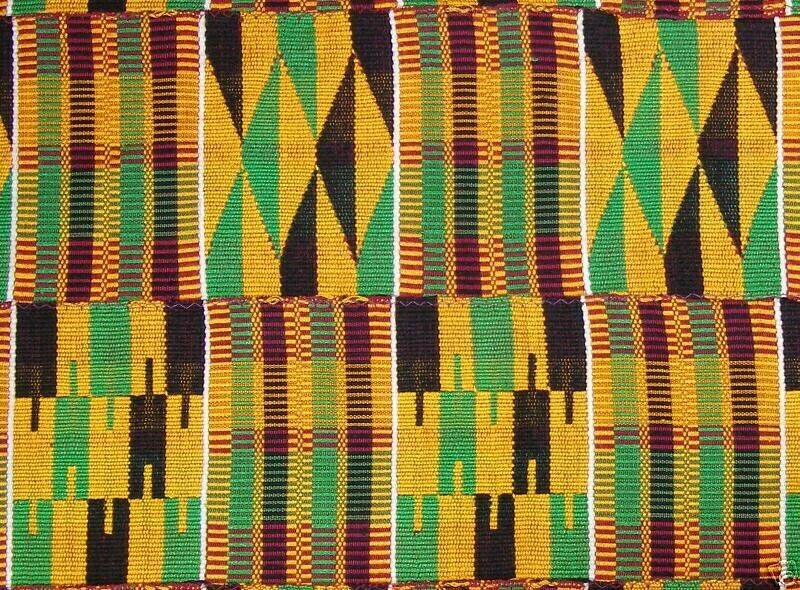Tribalgh
Handwoven Ashanti Kente Vintage 1970s Adwinsa 132″ × 82″
Handwoven Ashanti Kente Vintage 1970s Adwinsa 132″ × 82″
Item number:
SKU:SD-31201
Check shipping cost
Check shipping cost
FREE DHL shipping ( 2 - 4 working days ) to all over the world.
We combine shipping on multiple purchases!
Couldn't load pickup availability
Handwoven Ashanti Kente Cloth – Vintage Double‑Weave Adwinsa (132″ × 82″)
Experience a true masterpiece of Ghanaian weaving an authentic, vintage Handwoven Ashanti Kente cloth, crafted in Kumasi during the 1970s. This impressive ceremonial textile is double‑weave (Adwinsa), showcasing exceptional craftsmanship and cultural depth.
- Size: 132″ × 82″ (335 cm × 208 cm) – “Man‑size”, generous enough for draping or display
- Weave: Double‑weave (Adwinsa), ensuring rich texture and durability
- Condition: Very good vintage state with minor signs of wear ideal for collectors or cultural décor
- Era: Circa 1970s adds historical charm and authenticity
Each strip was meticulously woven on a horizontal treadle loom and hand‑stitched into a large ceremonial cloth. The process took weeks to months, depending on the complexity of the pattern and size.
Whether worn traditionally in Ghana or displayed as an elegant wall hanging, sofa throw, or bedcover, this piece transcends fabric it’s living art. A profound visual representation of Ashanti history, ethics, oral literature, philosophy, moral values, and spiritual beliefs.
About Ashanti Kente
Kente, also known as Ghana Ashanti Kente, originated with the Ashanti (Asante) people in the 17th century and remains a symbol of cultural pride. Woven primarily from cotton, rayon, and sometimes rare silk, each strip carries symbolic meanings designs reference proverbs, historical events, and social values. Colors are deeply coded: yellow for wealth and fertility, green for growth and renewal, black for spiritual maturity, and more.
The difference between Ashanti and Ewe Kente lies in weaving techniques and motifs. Ashanti Kente often features tighter geometric patterns and heavy symbolism tied to royal traditions, whereas Ewe Kente tends toward more linear, elongated motifs with different cultural references.
Historically, these cloths graced royal courts and were reserved for chiefs and leaders. Today, they’re cherished by collectors and adorers of fine textiles worldwide.
▶ Discover more of TribalGH’s exquisite Ewe Kente cloths collection.
▶ Browse our full range on TribalGH’s Cloths & Textiles collection.
Share






